Bourbon Street is flat out overpriced, uninspiring, overrated and avoidable.
Do not waste any of your precious vacation time there.
Here’s what you should do that’s “so New Orleans!” Read on to learn about the top must see cultural attractions and landmarks in New Orleans, Louisiana.
Stay Minutes from Downtown Across the River and Save Your Money for Food and Entertainment
I stayed outside the tourist district at an airBNB for $14 per night.
Yes, you read that right. Not $140, but $14.
Algiers is a beautiful village where the chances of finding a tourist is a needle in a haystack.
That traveler was me. I got to know so many amazing locals who live in the neighborhood. We all traveled for the seven-minute ferry ride across the Mississippi River to the heart of downtown, Canal St., for $2.
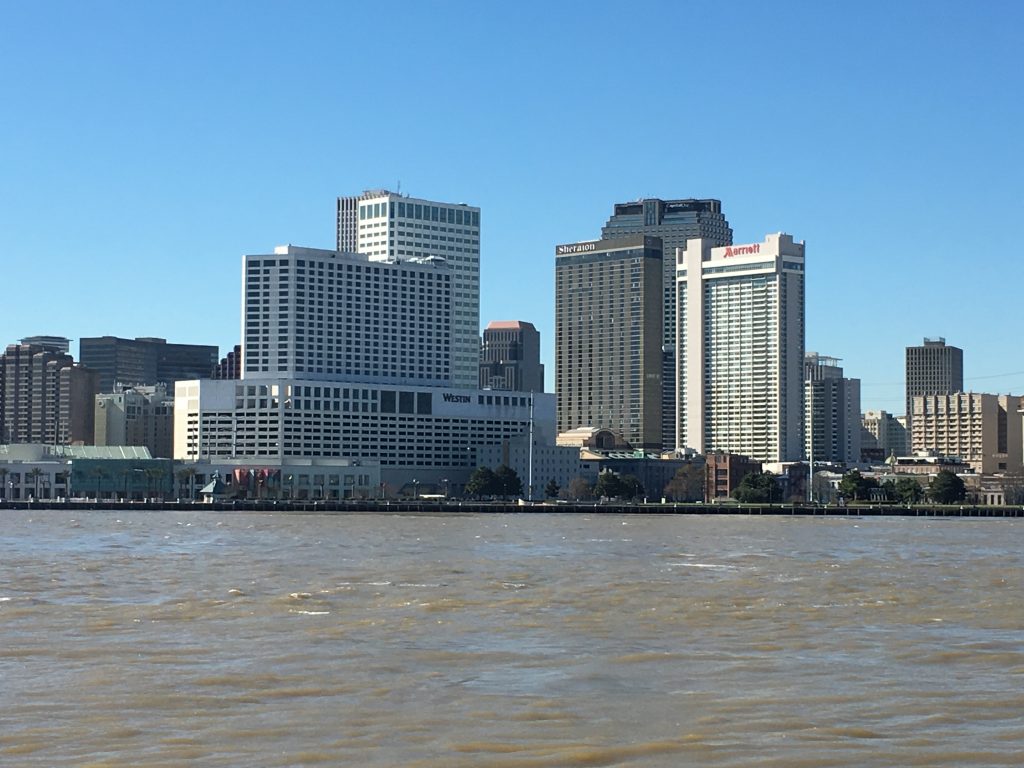
If you stay along General Meyer, General DeGaulle, Woodland, and Algiers in general, I found it to be very safe and easy to connect to a bus line if you prefer that over a ferry.
Other than getting into the Eagles vs. Saints playoff game for free, this was my biggest savings in my nine day New Orleans trip.
I suggest you be flexible and save a fortune to stay minutes away from downtown instead of right in it.
And I loved beginning my day with stunning views surrounding the Algiers Point Ferry.
Refer to my New Orleans food article and video for the top notch restaurants throughout the city, which won’t break the bank and are thorough with accommodating food allergies and dietary needs.
Second Line Parade Tradition
Experience a New Orleans Second Line Parade.
They will include a brass band, jubilant dancing in the street and members decked out in a wardrobe of brightly colored suits, sashes, hats and bonnets, parasols and banners, creating a mix of a lavish function and the spontaneous energy of a block party, albeit one that moves one block at a time.
The parades are not tied to any particular event, holiday or commemoration; rather, they happen for those in the city to have a good time.
Second lines began in the 19th century and continue to this day on Sundays from 1-5 in the afternoon.
The locations where they are being held are advertised locally a few days prior to Sunday.
Frenchmen Street
Like I said, ditch Bourbon Street. It is catered towards tourists. Locals know better.
They usually head to Frenchmen, Marigny or Bywater instead. Here, you can find some of the best restaurants in New Orleans. That’s where I suggest you go if you really want to enjoy the locals.
Frenchmen Street is a four-block stretch of live music, bars, restaurants, night clubs and art galleries. Here, not only will you find fewer crowds , but you’ll also encounter cheaper eats and drinks, and better music.
I know some locals will be mad at me for revealing where they hang out because some want to get away from the loud, drunk, “try-hard” tourists!
The Spotted Cat (In Video Above)
Undeniably the Quintessential Jazz Club of New Orleans, it is also one of the best jazz clubs in the world.
It is a local favorite for live New Orleans music from Jazz, Blues, Funk, R&B and Klezmer, and from my experience there, the local crowd knew the local band members performing.
I saw “the Rhythm Stompers” and “Dominick Grillo & The Frenchmen Street All-Stars.”
Sometimes, if you can get to the venue before the headliner performs, you’ll avoid the $15+ cash cover.
Rebirth Brass Band
Try to catch them on a Tuesday night at the Maple Leaf Bar on Oak St.
The band has evolved from playing the streets of the French Quarter to playing festivals and stages all over the world.
They’ve also added funk and hip-hop to the mix.
It will be one of the most memorable music performances you can see, as they are one of the top brass bands in the city. For live music travel lovers, check out our guide to the best local live Kentucky Bluegrass music venues.
Tremé
New Orleans is the birthplace of jazz, specifically Treme’.
The Tremé neighborhood happens to be the city’s oldest area.
Buddy Bolden, Jelly Roll Morton, Sidney Bechet, Louis Armstrong and Fats Domino are some of the musicians to come out of this area.
Rock ’n’ roll legend Fats Domino’s two-home compound at 1208 Caffin Avenue and Marais Street has been a landmark of the Lower 9th Ward since 1960.
Consisting of a pink-and-white split-level mansion on the corner and a white-brick shotgun house with yellow-and-black trim next door, Domino’s home is a symbol of the superstar’s attachment to his hometown.
New Orleans’ biggest musical export since Louis Armstrong, Domino sold more records from 1956 to 1963 than anyone but Elvis Presley and could have lived anywhere.
He chose, when not on tour, to stay in the neighborhood he grew up in, holding court over heaping pots of red beans and rice in a living room with a grand piano and a couch made from the back of a vintage Cadillac. Musicians, neighbors, relatives, and visiting dignitaries were in and out the door over the decades.
Armstrong’s “When The Saints Go Marching In” became a nationally known pop melody in the late 1930s and the unofficial anthem of New Orleans even today.
He was in a New Orleans tradition of turning church numbers into brass band and dance.
It was a commonly used song in traditional jazz funerals, but its popularity increased with the upbeat recording by Armstrong.
The New Orleans Saints football team was named in honor of the the song.
840 Rampart Street – plaque & recording studio start of Fats Domino, Jerry Lee Lewis, Little Richard and Ray Charles.
Tremé or Faubourg Tremé is one of the city’s oldest neighborhoods. To hear more authentic, cultural music, check out our guide on how to experience Fado in Lisbon Portugal.
Historically, it’s a center of African-American and Creole culture especially the modern brass tradition. Here you can find some of the most famous restaurants in town, colorful homes and historic sites.
French Quarter Phantoms runs a really good tour of this district.
Head Over To The Bayou
Spend an afternoon on the bayou on your next trip to New Orleans Louisiana. The bayou, sometimes referred to as Driskill Mountain, is the highest point in Louisiana, only at a slight 535 feet above sea level. The Louisiana bayou is home to unique wildlife, a delicate ecosystem, and a cypress swamp. Travel the area by foot, or book a tour on an Air-boat to do something even more exciting. Many of these tours even allow you to hold rescued baby alligators at the end of your tour. If you are looking for the top cultural highlights on your next trip to New Orleans, be sure to spend some time in the Louisiana bayou.
Backstreet (Cultural) Museum
This happened to be one of my favorite attractions in New Orleans and gave me an appreciation of the customs of the city.
The collections of costumes, artifacts, memorabilia, photographs, films and other materials important to the African American culture of New Orleans made me feel like I have been a part of New Orleans forever.
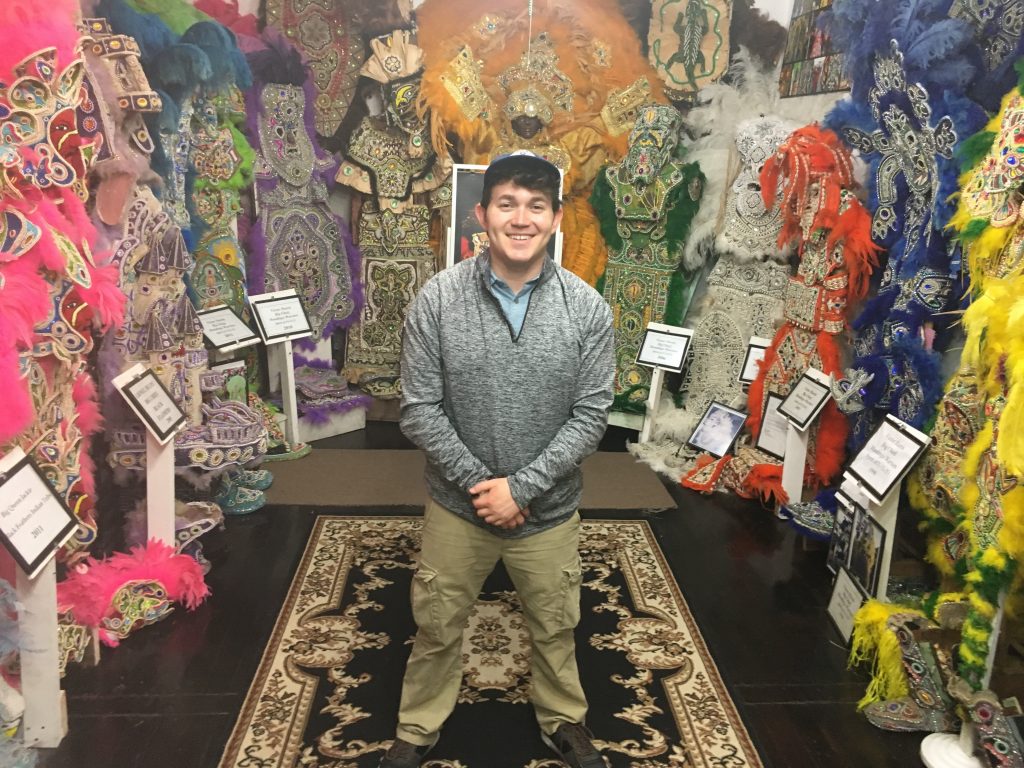
I particularly liked the displays of the costumes and Mardi Gras Indian regalia used in the local parades in Tremé.
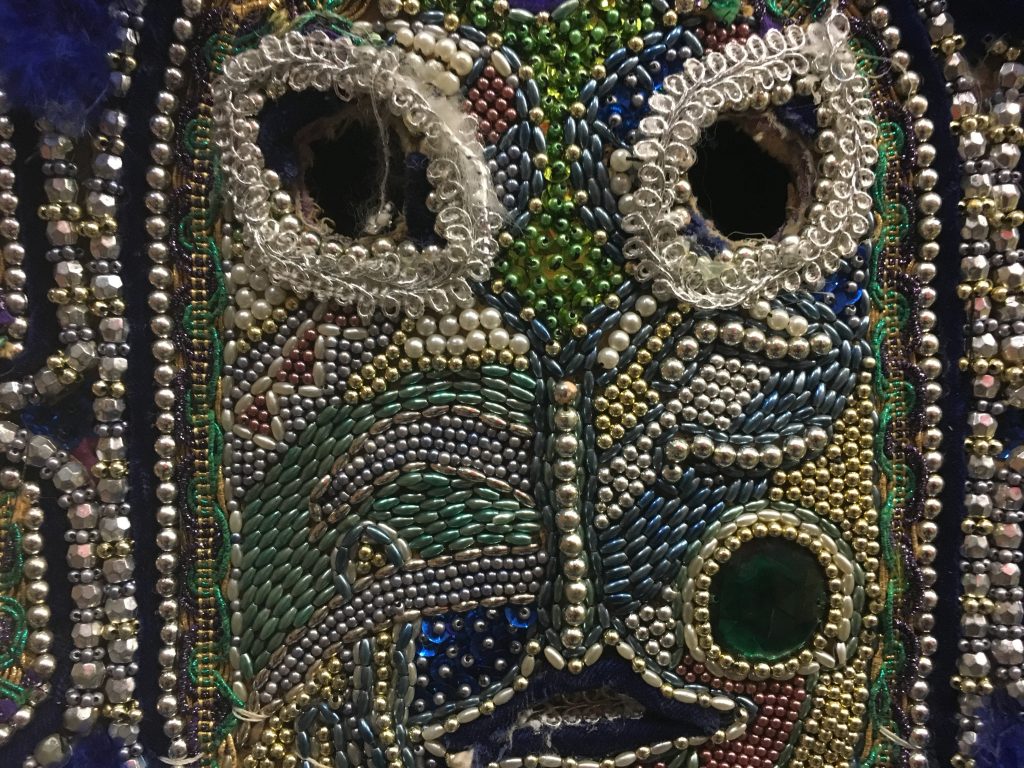
History Walk
Take a walking tour with a park ranger from the French Quarter Visitor Center, part of the National Park Service.
Rangers lead groups of 25 on hour-long history walks on Tuesdays through Saturdays at 9:30 AM.
Above Ground Cemeteries
Explore the famous above-ground cemeteries in New Orleans, including:
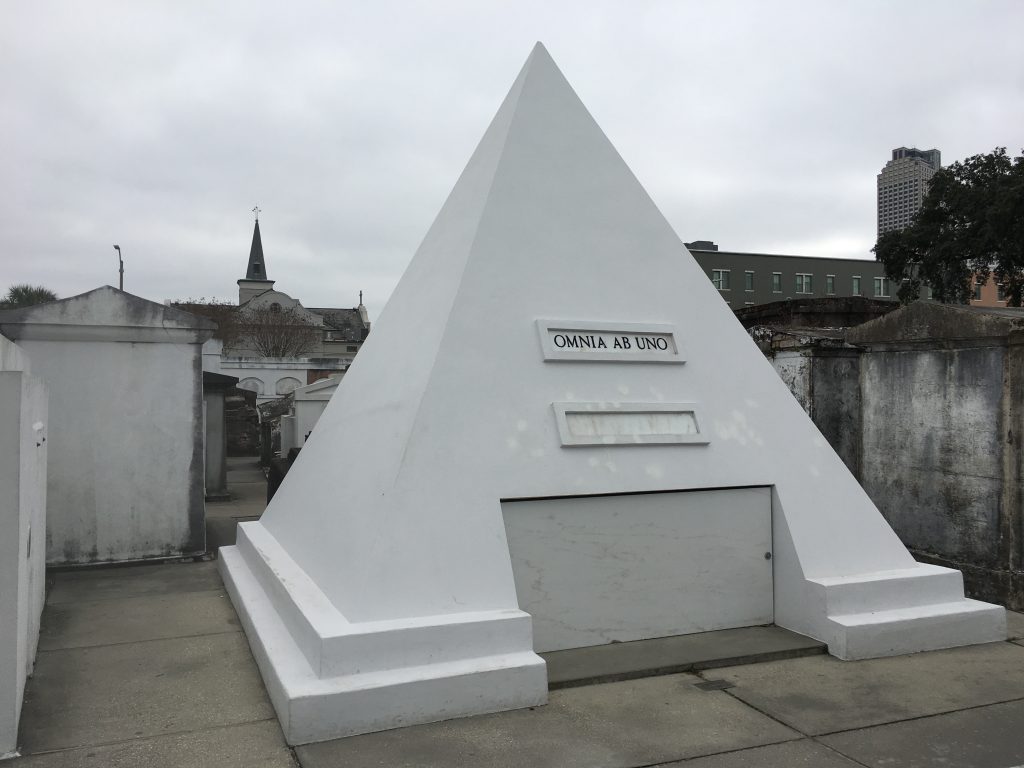
-St. Patrick Cemetery No. 2,
-Lafayette Cemetery
-and St. Louis No.1.
You can only go through these cemeteries with a tour guide and there are a few good ones to choose from. French Quarter Phantoms is a good choice.
Museums
I want to highlight the Presbytère, the Cabildo and the New Orleans Jazz Museum.
You can get a 20% discount on any state museum(s) if you purchase tickets for more than one at the same time.
The Presbytère
Its two exhibits tell the Louisiana story of resilience and celebration.
Living with Hurricanes: Katrina & Beyond
– The rescue, rebuilding and renewal involved in/of the city.
When Hurricane Katrina hit New Orleans’ badly engineered and pretty much nonexistent levee system, it resulted in one of the worst disasters in American history, leaving 80 percent of the city flooded and hundreds dead.
The exhibit documents the event, the aftermath and southeast Louisiana’s ongoing recovery. With interactive exhibits and artifacts that showcase the spirit of the city’s residents, this is a collection you don’t want to miss in your New Orleans journey.
It is such a fascinating and excellent exhibit about Hurricane Katrina. It covered the personal stories as well as the environmental, engineering and planning aspects that contributed to the disaster.
Maybe since I was only 10 when Katrina happened, I did not realize how government at all levels was ill-prepared.
A lack of long-term planning combined with poor decisions and inaction before and after the storm delayed rescue efforts and the delivery of supplies.
The response was also disorganized. There was no plan to evacuate roughly 100,000 people who had no means of transportation. The state emergency office was underfunded and understaffed.
However, there were some signs of success for the future. The U.S. Coast Guard brought more than 24,000 to safety.
Mardi Gras: It’s Carnival Time in Louisiana
– Captures the fun and fantasy of this annual celebration.
It offers a (literal 3D) window into the annual celebration and riotous rituals of Mardi Gras, a festival that well represents Louisiana’s way of life and whose roots extend deep into the Middle Ages.
There is even a platform that positions you above ground as if you are throwing beads to the crowd on the top of a parade float!
There are parade floats to climb, costumes to see and historical throws on display as well as rare glimpses into the secretive social club society that set the precedent for how modern-day Mardi Gras krewes has evolved.
The Mardi Gras albums, records, sheet music and other parts of the collection were so cool to see.
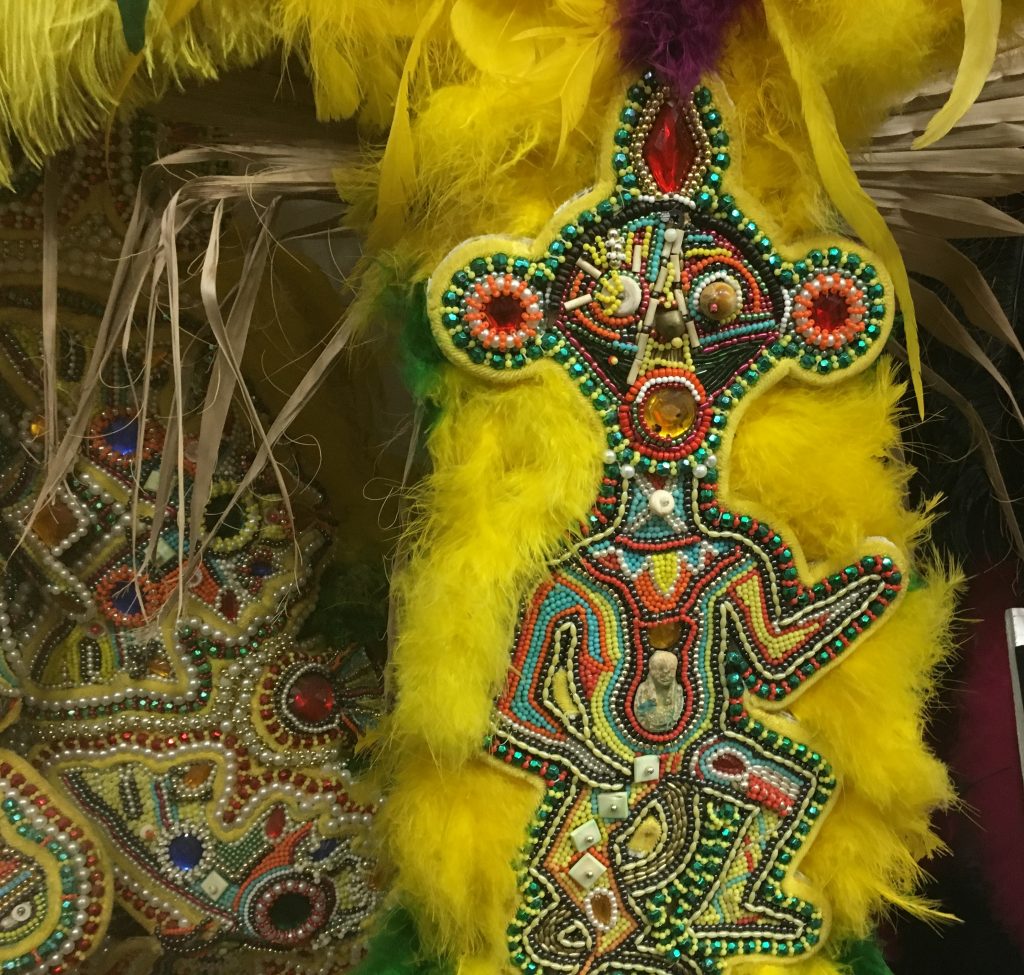
With the city facing a huge debt, civic leaders promoted Carnival as a tourist attraction, hoping tourism would further evolved.
It sure did, and I learned at the exhibit that over a million and a half visitors come to New Orleans annually for Mardi Gras.
From costumed men dancing on horseback to dogs festooned with feathers, you’ll learn this multicultural celebration means almost as much to the locals, if not more, than the tourists.
People come in costumes that are comical, satirical, grotesque, theatrical and serious.
Mardi Gras, I learned, is determined by the Christian calendar. It’s the day before Ash Wednesday. The term “Carnival” refers to the season of balls and parades from January 6 (the coming of the Magi) thru Mardi Gras.
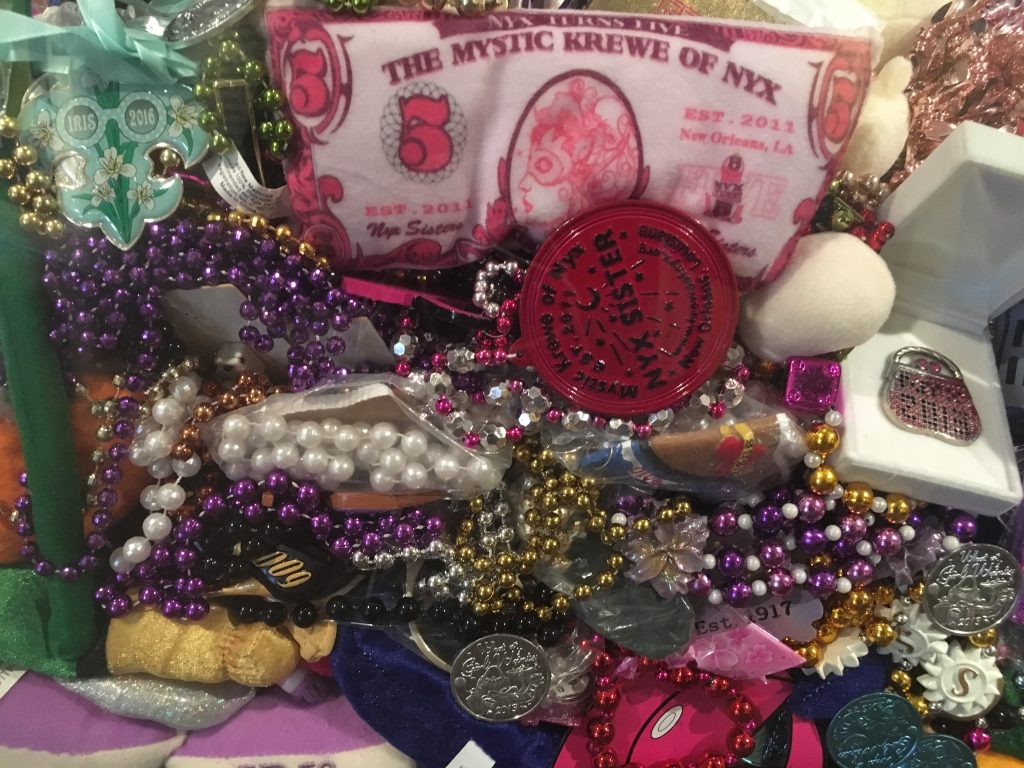

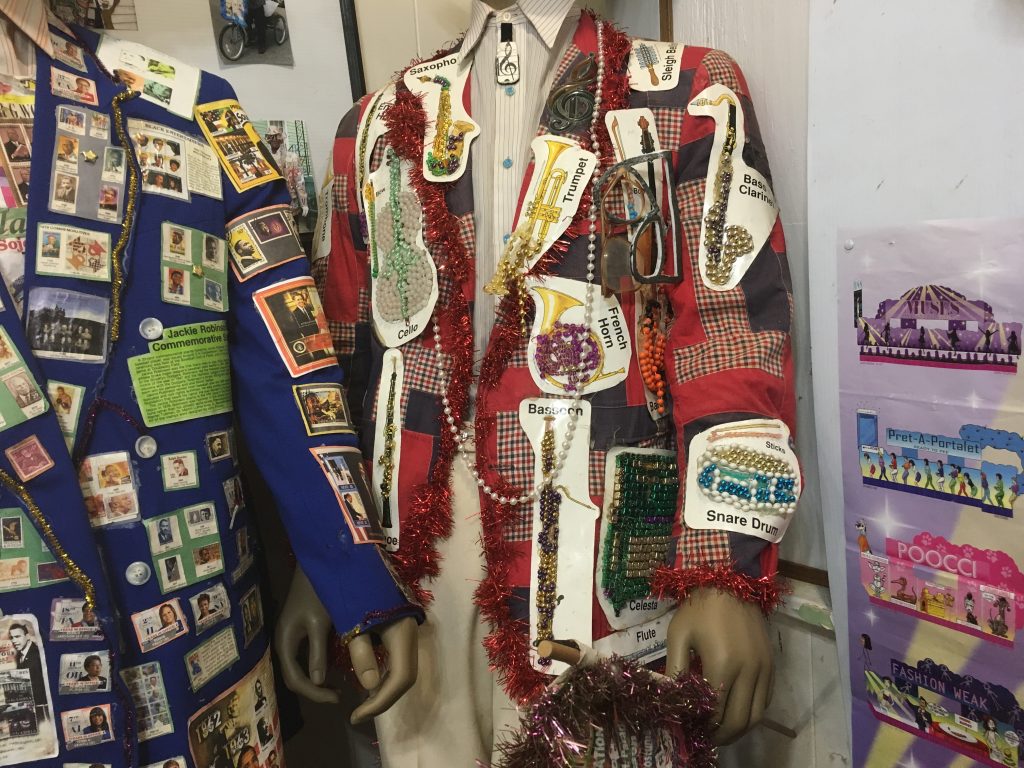
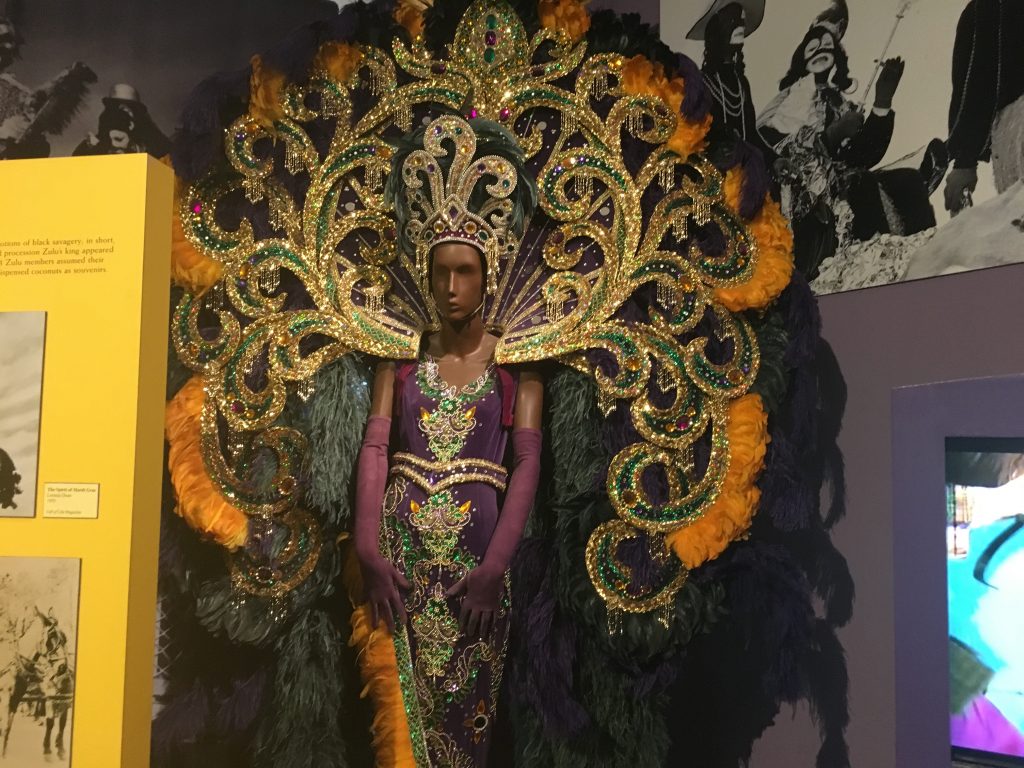
Through New Orleans’ trauma and on the flip side, the city’s annual celebration, the Presbyterè is a can’t miss visit.
The Cabildo
It is arguably the crown jewel of the French Quarter museums.
Why?
It’s where the Louisiana Purchase Transfer Ceremony took place in 1803.
You’ll find Napoleon’s death mask and a detailed exhibit on Louisiana’s early history.
Be sure to experience their new exhibition, “We Love You, New Orleans!,” which showcases people, places and things from New Orleans (mostly) celebrated history.
See Sidney Bechet’s saxophone, Indian suits worn for Mardi Gras, Pontachartain Park memorabilia, along with many more things involving music, food, drinks, architecture, nightlife, hangout spots, Mardi Gras.
New Orleans Jazz Museum
You will see just how much jazz means to the city where it was born.
The museum is interactive, educational, research-based, engaging and loved by many locals.
Check out the third floor where there is a beautiful performance venue. There are evening programs, concerts and events that take place there.
It is conveniently located in between the French Quarter and Frenchmen Street.
Whitney Plantation
There is so much more to Louisiana than just New Orleans.
This was easily one of my most meaningful experiences while in Louisiana, because unlike at most other plantation visits, this visit focused on the slaves’ points of view.
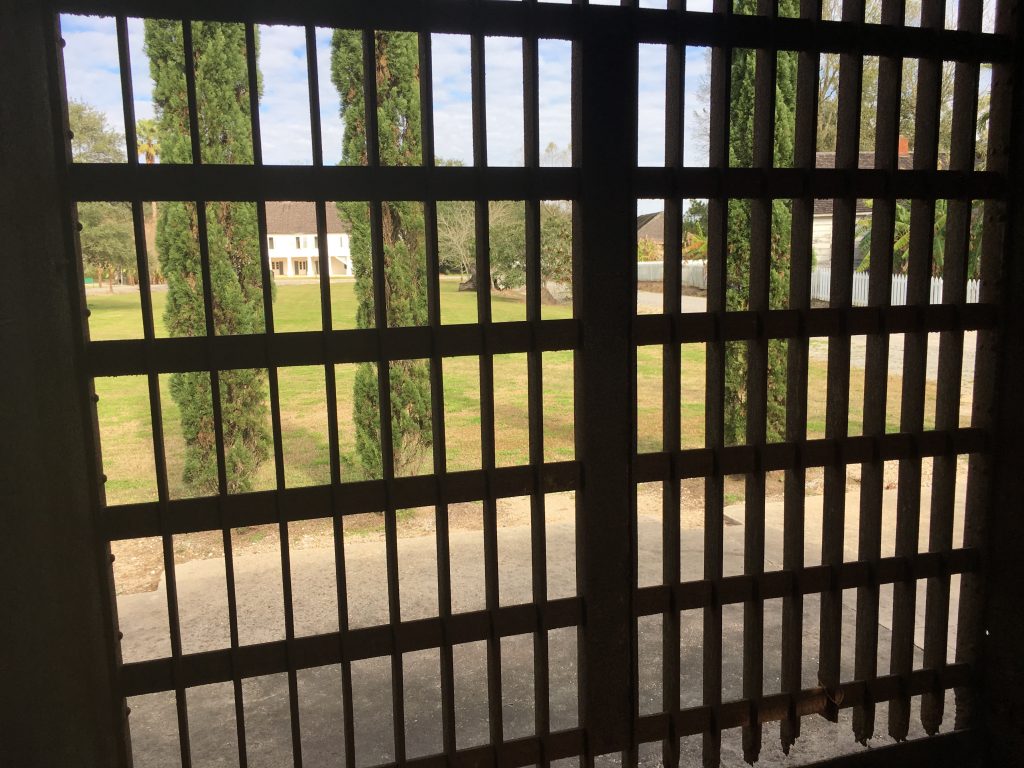
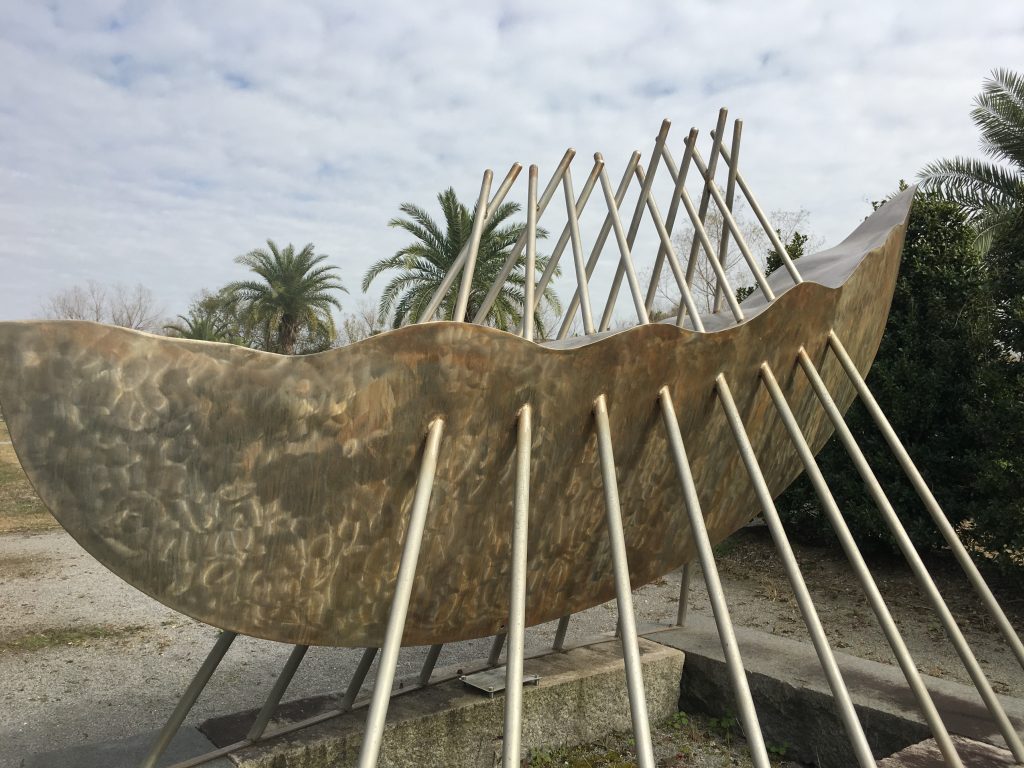
Resilience was a constant force in North America between 1526 and 1865, when over 300 slave uprisings occurred.
In Louisiana, enslaved Africans allied with free people of color, Native Americans and poor whites to fight against those who abused them.
Most sugar cane in Louisiana is produced in between New Orleans and Baton Rouge, so the enslaved workers focused on planting cane in the winter.

During the summer, they built levees and canals, cultivated food crops and gathered wood.
After emancipation in 1865, about 25 percent of the workers’ duties and lives continued at the plantation.
After slavery, plantation workers were paid wages daily and were provided with free-housing.
However, it was gut-wrenching for me to hear about the negatives of those “perks.”
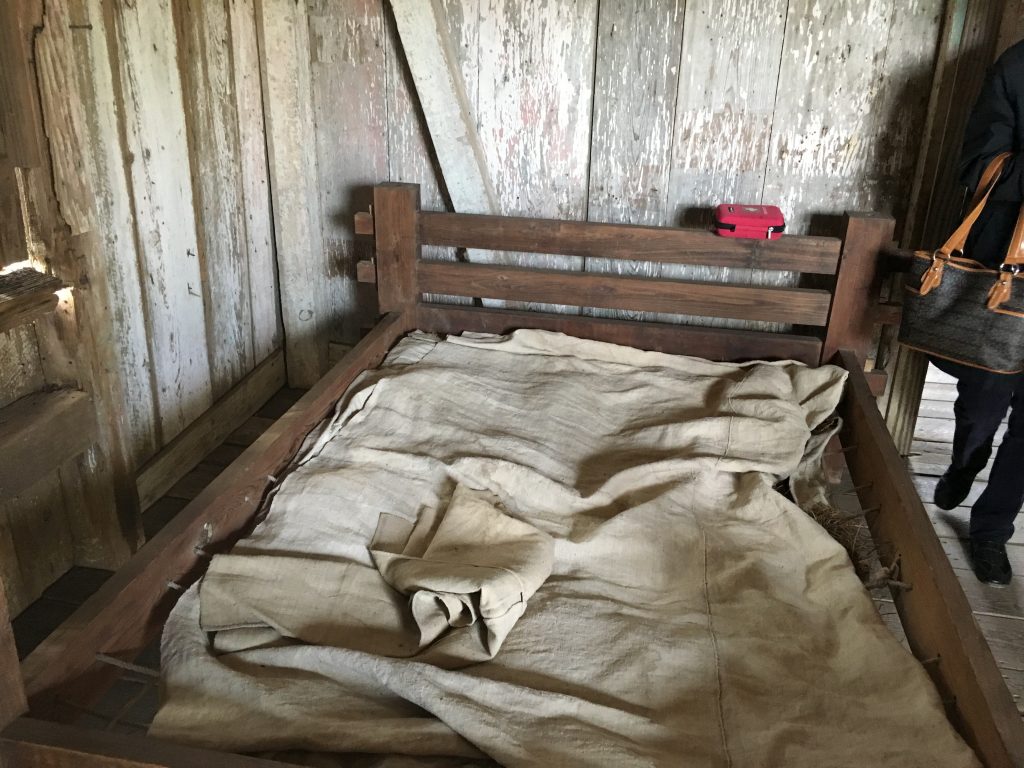
The plantation owners stopped giving them food, medical care and clothing like they had during slavery. The workers had to produce or pay for these items themselves, almost guaranteeing them that they would not get to keep much, if not any, of their hard-earned money.
Seeing and reading about how steep their odds for success, health and happiness were really created a sad, but realistic experience on this tour. These stories and recalled events are true and exact.
Some lost family members and once they left the plantation to seek work in cities, they would often be devastated to not be able to find family members.
I won’t say more, but the Whitney Plantation is well worth the $70, but it was a half day, life-changing one.
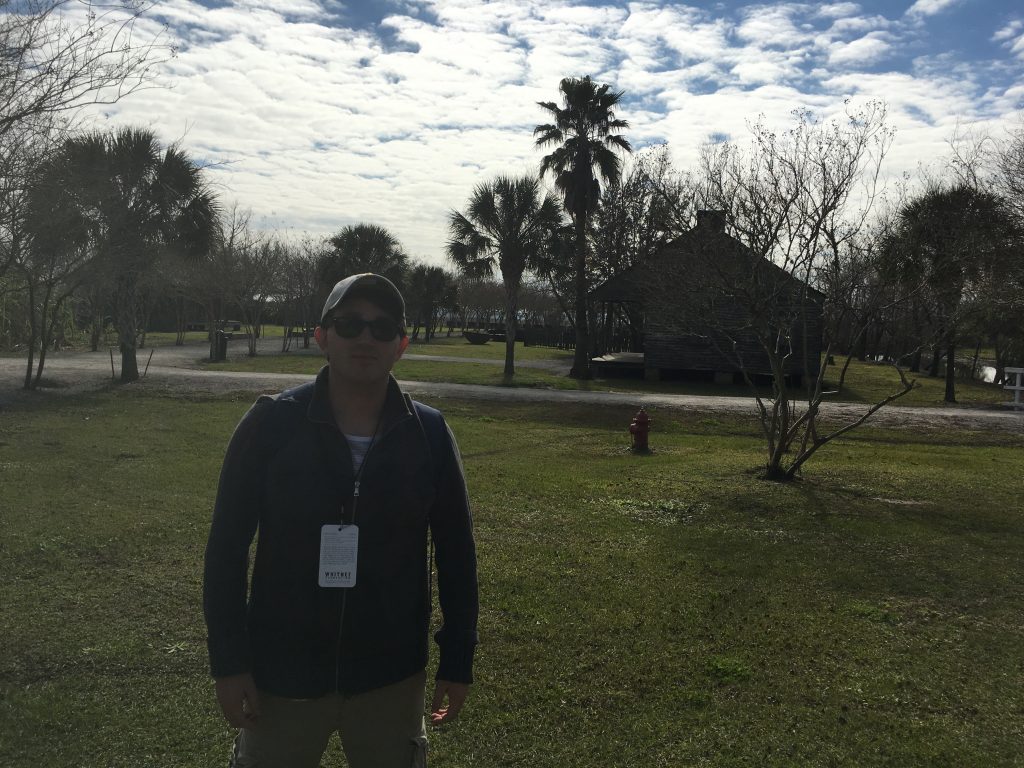
This tour includes round trip transportation( 45 minutes outside the city) because you cannot go to this plantation on your own.
Don’t expect to come home happy (obviously), but to hear the African-American takes and opinions of how the workers were treated, is the most realistic point of view. It’s so important to learn about different cultures, and to appreciate each and every one of them for their ideals and beliefs.
It saddened me to see how racist and grossly the rich white plantation managers/slave owners/plantation owners treated these kind souls.
Stop By The Audubon Park & Zoo
Before you leave NOLA, check out the famous Audubon Park and Zoo. Located in Uptown New Orleans, visiting the park provides you a great opportunity escape the busy city. Here, you can see an incredible selection of domestic and exotic animals, making it a great stop on your USA endangered wildlife travel itinerary. Some of the most popular species here include jaguars, elephants, alligators, and rhinos. Afterwards, jump on the Swamp Train, which passess through the Lousiana Swmp Exhibit. On this journey, you will love the sea lions and reptile encounters.
Garden District
This suggestion certainly is not at the top of my list, but if you have a few hours where you would like to walk around and “get lost!,” a great place to do this is by hanging out in the Garden District. There are a number of free tour programs to better see all of the area if you prefer.
Start by heading to the “house of champions,” AKA NFL quarterback future hall-of-famers Eli and Peyton Manning’s childhood home with mother Olivia and famous father, Archie Manning.
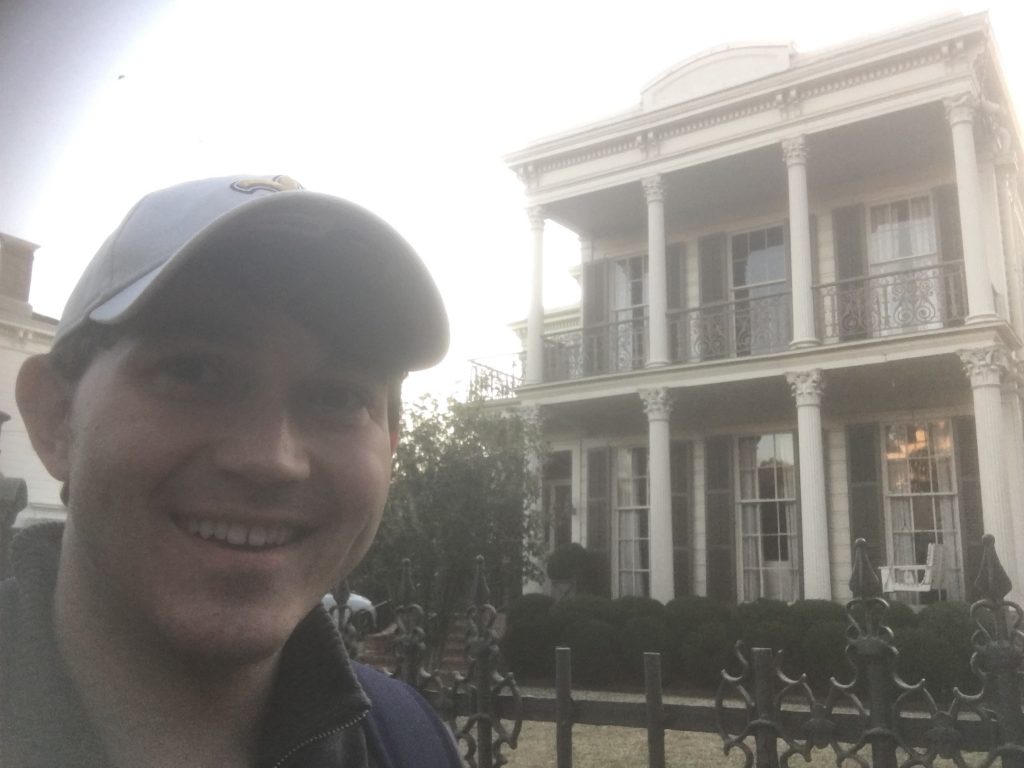
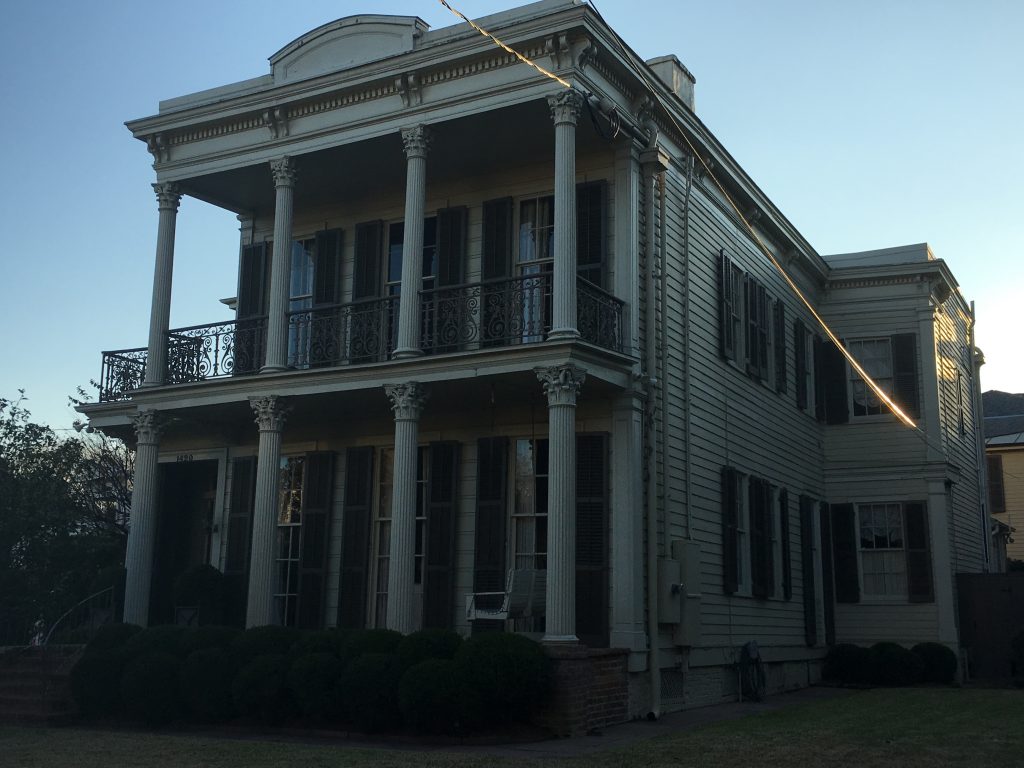
While I was there I saw Olivia pulling into the house and I met their housekeeper out front.
Their address is 1420 1st Street. Keep on walking in that neighborhood, as it is known as the “Beverly Hills of the South.”
You’re in for a Special Time in New Orleans
Learn How I Saved Over $15,274 On Booking Flights, Hotels, & Entire Vacations
This expert guide on "Travel Hacking Tactics To Slash Vacation Costs" has personally saved me over $15,274. Within the guide, you will learn how to:

Understand Credit Report
Impact On Travel
Leverage Travel Hacking
Credit Cards
Earn Substantial Travel
Miles & Points
Maximize Credit Card
Loyalty Programs


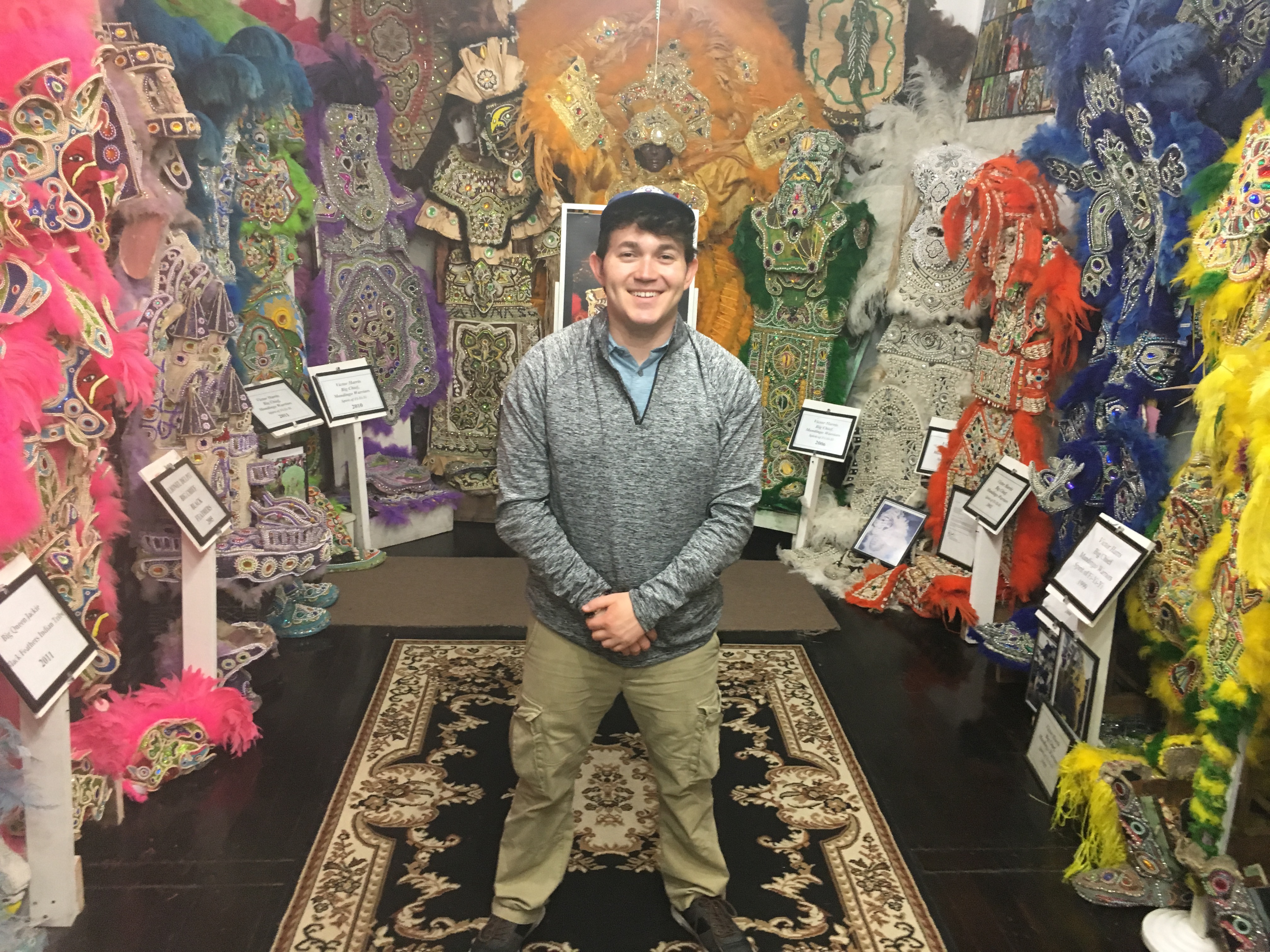
1 comment
Great blog! You may be the first to say to not bother with Bourbon Street and you are so right! With all the places you mention there are enough options to enjoy the city and avoid the heavily touristed areas. I love information like this.